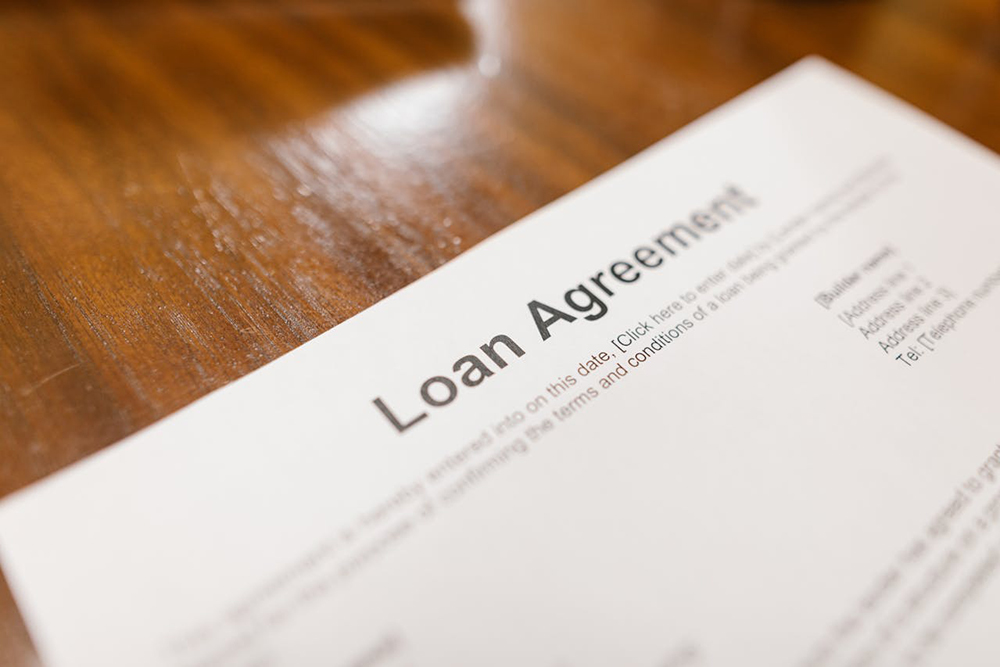A private aircraft is an exciting purchase, offering unparalleled freedom and convenience. However, it is also a significant investment that requires careful planning and research. From selecting a model to understanding insurance requirements, here’s what you should do before taking flight.
1. Research Aircraft Models and Manufacturers
You have many models and manufacturers to choose from, each with unique features, capabilities, and performance metrics.
- Read reviews and testimonials: Learn from other aircraft owners by reading reviews on aviation forums, industry publications, and manufacturer websites.
- Check safety records: The National Transportation Safety Board and the Federal Aviation Administration provide accident reports, safety ratings, and performance statistics on different makes and models.
- Compare features: Consider fuel efficiency, speed, range, passenger capacity, and avionics technology to match your specific needs.
2. Determine Which Plane to Buy
Not all aircraft are equal. The best plane for you depends on how and where you plan to fly.
- Personal vs. business use: Will you use the plane for leisure travel or business purposes?
- Trip length and range: Do you expect to make short flights or long-haul trips?
- Operating environment: Will you fly over mountainous terrain, water, or primarily in controlled airspace?
- Seating and pilot needs: Do you need a co-pilot, or will you fly solo? How many passengers do you expect to carry?
If you’re considering a pre-owned aircraft, thoroughly review its maintenance records, service history, and regulatory compliance to ensure its previous owner took excellent care of it.
3. Understand the Costs Involved
Beyond the purchase price, owning an aircraft comes with upfront and ongoing costs that first-time buyers often overlook. Here’s a breakdown of what to expect.
- New vs. pre-owned: New planes typically start around $150,000 for light aircraft and can go well into the millions for business jets. Pre-owned aircraft can offer substantial savings but require detailed inspections.
- Pre-purchase inspection: A thorough mechanical and avionics evaluation, often conducted by an independent aviation mechanic, can cost between $500 to $5,000 depending on the aircraft.
- Storage and hangar fees: Renting hangar space at an airport can cost anywhere from $200 to $2,000 per month, depending on the location.
- Maintenance and repairs: Regular maintenance, including oil changes, avionics updates, and mandatory FAA inspections, can range from $5,000 to $50,000 annually, depending on the aircraft type.
- Fuel costs: The price of aviation fuel varies by location, but expect to pay between $4 and $7 per gallon, with consumption ranging from 5 to 50 gallons per hour.
- Insurance: Aircraft insurance costs depend on factors such as the plane’s value, pilot experience, and coverage type.
4. Financing
Given the high cost of aircraft, many buyers choose to finance their purchase. Lenders will evaluate factors such as your credit score, income, and intended aircraft use before approving financing.
- Aircraft loans: Offered by specialized aviation lenders, these loans function similarly to auto loans, with down payments typically ranging from 10% to 30%.
- Lease agreements: Some buyers opt for aircraft leasing rather than ownership, which can reduce upfront costs and provide tax advantages.
- Owner partnerships: Sharing ownership with other pilots can lower your costs and responsibilities while maximizing aircraft usage.
5. Insurance Coverage for Your Aircraft
Aviation insurance is essential if you own a private aircraft. At Ingram Aviation Insurance, we specialize in crafting customized policies to protect you from financial risks. Here are the primary types of coverage you’ll need.
Liability Insurance
- Covers bodily injury and property damage if you’re responsible for an accident.
- Required by most airports and lenders.
Hull Insurance
- Covers damage to your aircraft due to accidents, weather events, or theft.
- Premiums depend on the aircraft’s value, age, and condition.
Ground Risk Insurance
- Protects your plane while it’s on the ground, whether parked in a hangar or undergoing maintenance.
Pilot Experience and Insurance Rates
- You can decrease your insurance premiums if you have more flight hours and certifications.
- Some policies require additional training for first-time owners.
6. Things First-Time Buyers Often Overlook
Even the most prepared buyers can overlook critical aspects of aircraft ownership. Here are a few considerations that might not immediately come to mind.
- Resale value: Some aircraft models hold their value better than others. Research depreciation rates before buying.
- Avionics upgrades: Modern cockpit technology improves safety and compliance, but can be expensive. Ensure your aircraft meets FAA standards.
- Pilot training and certifications: If you’re a new pilot, you may need to earn additional certifications, such as an instrument rating.
- Insurance requirements for co-pilots and passengers: Make sure your policy covers anyone who flies with you.
- Emergency planning: Aviation safety practices ensure you know what to do in unexpected situations, such as mechanical failures or weather-related diversions.
Let’s Protect Your Investment
Buying an aircraft for the first time comes with many considerations. Research and financial preparation will help you enjoy worry-free flying. Our team at Ingram Aviation Insurance can help you understand policy options and secure optimal coverage for your investment.
At Ingram Aviation Insurance, we specialize in tailor-made aviation insurance solutions designed to protect new and experienced aircraft owners. Contact us today to discuss your options and secure a policy that meets your unique needs.

